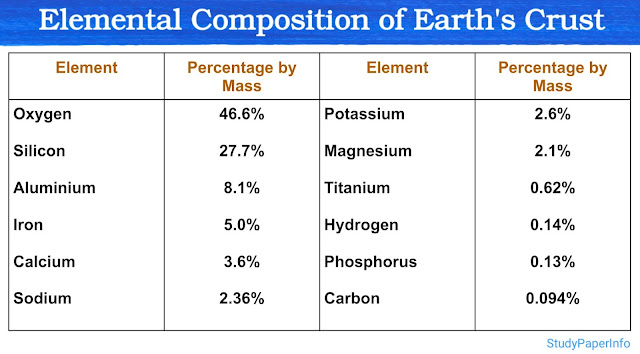Define mutation and hotspots. Explain different classes of mutation
Definition of Mutation
Mutation is a sudden and heritable change in the genetic material of an organism. It can occur in a single nucleotide or in large segments of DNA. Mutations may arise spontaneously due to errors during DNA replication or due to environmental factors like radiation and chemicals. These changes can affect gene function, protein structure and regulation of gene expression. Mutations are the raw material for evolution and can lead to genetic diversity in populations.
Definition of Mutation Hotspots
Hotspots are specific regions or sites in the genome that are more prone to mutations than others. These areas have a higher frequency of mutation compared to the average mutation rate in the genome. Mutation hotspots can be due to the presence of repetitive sequences, methylated cytosines (especially CpG dinucleotides), or specific structural features of DNA like hairpin loops. These hotspots are often observed in regulatory or coding regions that are functionally important.
Classification of Mutations
Mutations can be grouped based on how they occur, what effect they produce and where they happen. There are three major types of classification:
1. Based on Molecular Nature
This shows the physical changes in the DNA structure.
i) Point Mutation:
This is a change in just one base or nucleotide in the DNA. It is the most common type of mutation.
- Transition – One purine (A or G) is changed to another purine, or one pyrimidine (C or T) is changed to another pyrimidine. For example: A to G or C to T.
- Transversion – A purine is replaced by a pyrimidine or vice versa. For example: A to C or G to T.
ii) Insertion:
Extra base pairs are added into the DNA sequence. If the number of bases inserted is not a multiple of three, it changes the reading frame.
iii) Deletion:
One or more bases are removed from the DNA. This also changes the reading frame if not in multiples of three.
iv) Duplication:
A section of DNA is copied and inserted again in the same chromosome. This increases the length of DNA and can cause gene overexpression.
v) Inversion:
A section of DNA breaks, rotates 180 degrees, and joins back. This changes the order of bases but not the number.
vi) Translocation:
A part of one chromosome breaks and attaches to a different chromosome. This may disturb gene function.
vii) Frameshift Mutation:
Happens when insertion or deletion changes the reading frame of the codons. This changes almost every amino acid after the mutation point and usually makes the protein nonfunctional.
viii) Expanding Nucleotide Repeat:
In this, a small DNA sequence (like CAG) repeats many times. When the number of repeats increases beyond normal, it causes genetic disorders like Huntington’s disease and fragile X syndrome.
2. Based on Functional Effect
This shows how the gene or protein is affected.
i) Silent Mutation:
A change in codon that does not change the amino acid. Protein remains unchanged.
ii) Missense Mutation:
Codon changes and a different amino acid is added in the protein. This may make the protein faulty, or sometimes it still works normally.
iii) Nonsense Mutation:
Codon changes into a stop codon. This stops protein synthesis early, so the protein is incomplete and nonfunctional.
iv) Neutral Mutation:
A missense mutation where the changed amino acid is similar in properties to the original one, so the protein still functions normally.
v) Loss-of-function Mutation:
The gene product becomes less active or completely inactive. Often caused by nonsense or frameshift mutations. Usually recessive.
vi) Gain-of-function Mutation:
The gene produces a protein that is overactive or has a new function. Usually dominant and may cause diseases like cancer.
vii) Lethal Mutation:
This kind of mutation is harmful to the extent that it causes the death of the organism, usually during early development.
viii) Conditional Mutation:
This mutation is only expressed under certain conditions, like high temperature or certain chemicals. In other conditions, it behaves like a normal gene.
3. Based on Cell Type or Location
This explains where the mutation occurs in the body.
i) Somatic Mutation:
Takes place in somatic or body cells. These are not passed to the next generation but can cause diseases like cancer in the individual.
ii) Germline Mutation:
Occurs in germ cells (egg or sperm). These can be inherited and passed on to the next generation. Many genetic diseases are caused by this type.


Comments
Post a Comment